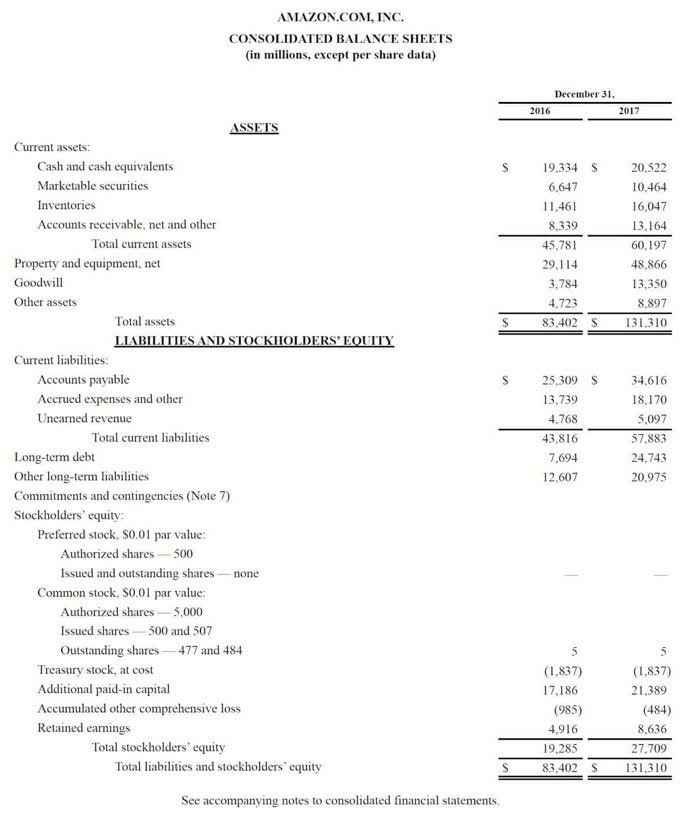Content
- What Are the Primary Functions of Management Accounting?
- Managerial vs Financial Accounting
- Types of Managerial Accounting That Add Value to Your Business
- Difference between Cost Accounting and Management Accounting
- Controller
- Techniques and models used by management accounting
- Understanding Cost Behavior and Cost-Volume-Profit (CVP) Relationship

Called marginal planned cost accounting in English, this German strategy is the standard for cost accounting. It provides meaningful insight to internal company users regarding accounting information. This guide includes everything you need to understand management accounting. Our accounting experts provide definitions, formulas, examples, advice and helpful visuals.
The comparison is made to determine what changes the management is required to make in the future to obtain the desired outcome. In this way, they can focus on the core areas of the business. The information presented through management accounting helps them in making strategic decisions. For example, if an organization is planning to launch a new product or to cease the production of an existing product; in such a scenario, the role of management accounting is very crucial. Management accounting is different from financial accounting as the purpose of management accounting is to help the internal team of the organization so that they make well-informed and active business decisions. Managerial accounting, in contrast to financial accounting, is not bound by accounting standards and regulations and is used only to support internal management decisions. Financial accounting, on the other hand, serves to inform the business’s external stakeholders and must comply with accounting regulations, including GAAP.
What Are the Primary Functions of Management Accounting?
It should include all the costs incurred on that particular project, all the revenue earned from that project and the performance trends of that project i.e. whether it was successful or not. This data is then organized and translated to make it easy to analyze. A cash budget is an estimation of the cash inflows and outflows for a business or individual for a specific period of time.
- This field of accounting also utilizes previous period information to calculate and project future financial information.
- Based on the area and costs of each of these projects, they proportionately estimated the cost to be incurred on NH13.
- For example, if a company feels it requires a more in-depth analysis and investigation of a specific field, then it can perform accordingly.
- Refrain from engaging in any activity that would prejudice their ability to carry out their duties ethically.
- Professionals within an organization who perform the managerial accounting function generally support two primary purposes.
- It provides meaningful insight to internal company users regarding accounting information.
- The overhead costs are divided based on the number of goods produced by the organization or based on other activities that are related to production.
Constraint analysis indicates the limitations within a sales process or production line. Managerial accountants find out where the constraints occur and calculate the impact on cash flow, profit and revenue. Managerial accounting is very effective in highly competitive and fast-paced business environments where managerial accounting quick decisions need to be made. These decisions might have to do with a sales tactic, budgeting or cash flow management. Managerial accounting will use operational data to make sense of the situation quickly. Product costing is concerned with the total cost involved in the production of goods and services.
Managerial vs Financial Accounting
Because of alleged wrongdoing, such as that reported in the Note 1.27 «Business in Action 1.3», improving ethics is a top priority for most businesses as shown in the Note 1.28 «Business in Action 1.4». As a result, professional organizations like those we have cited have become instrumental in providing ethical guidelines. Although several personnel would likely be involved, the managerial accountant is responsible for providing financial projections. However, the financial accountant might provide historical information for existing geographic segments, which would form the basis for the managerial accountant’s estimates. The person in charge of all finance and accounting functions within the organization. Managers continually plan and control operations within organizations.
- Prepare a schedule of raw materials placed in production for the month of April.
- Let us understand a few areas that distinguish them both from each other.
- One of the best ways to prove the success of a business is by the gross profit-margin ratio.
- The cost of completed goods transferred from work-in-process inventory into finished goods inventory.
- Management accountants look at the events that happen in and around a business while considering the needs of the business.
- Table 1.1 «Comparison of Financial and Managerial Accounting» summarizes the characteristics of both managerial and financial accounting.
GAAP may be a deterrent to getting useful information for internal decision-making purposes. For example, when establishing an inventory cost for one or more units of product , U.S.
Types of Managerial Accounting That Add Value to Your Business
Of the total raw materials placed in production for the year, $72,000 was for indirect materials. Of the total raw materials placed in production for the year, $18,000 was for indirect materials. Indicate whether each item should be categorized as direct materials, direct labor, manufacturing overhead, selling, or general and administrative. Describe the characteristics of managerial accounting and financial accounting. Of the total raw materials placed in production for the year, $12,000 was for indirect materials and must be deducted to find direct materials placed in production.

Some of this information concerns budgets, cost projections, segment reports and other reports that aid in running the company. Various business owners and their managers need this information to run the day-to-day operations and plan for the business’s future. Managerial accountants calculate and allocate overhead charges to assess the full expense related to the production https://www.bookstime.com/ of a good. The overhead expenses may be allocated based on the number of goods produced or other activity drivers related to production, such as the square footage of the facility. In conjunction with overhead costs, managerial accountants use direct costs to properly value the cost of goods sold and inventory that may be in different stages of production.
Difference between Cost Accounting and Management Accounting
Managerial accountants help a business decide when, where and how much money to spend based on financial data. Using standard capital budgeting metrics, such as net present value and internal rate of return, to help decision makers decide whether to embark on costly projects or purchases. Managerial accounting analyzes the incremental benefit of increased production – this is called margin analysis. This flows into the breakeven analysis, which involves calculating the contribution margin on the sales mix to determine the unit volume at which the business’ gross sales equal total expenditures.
What skills do management accountants need?
- Good maths and computer skills.
- Analytical and logical problem solving skills.
- A good business understanding.
- Good attention to detail.
- Good communications and presentation skills.
- An ability to explain complex financial information in a clear way.
- Honesty and discretion.
Managerial accounting, also known as management accounting, refers to the process of collecting, measuring, analyzing, and presenting financial information to managers. The purpose of managerial accounting is to help managers control and optimize business operations. CThis is actual manufacturing overhead for the period and includes indirect materials, indirect labor, factory rent, factory utilities, and other factory-related expenses for the month.
